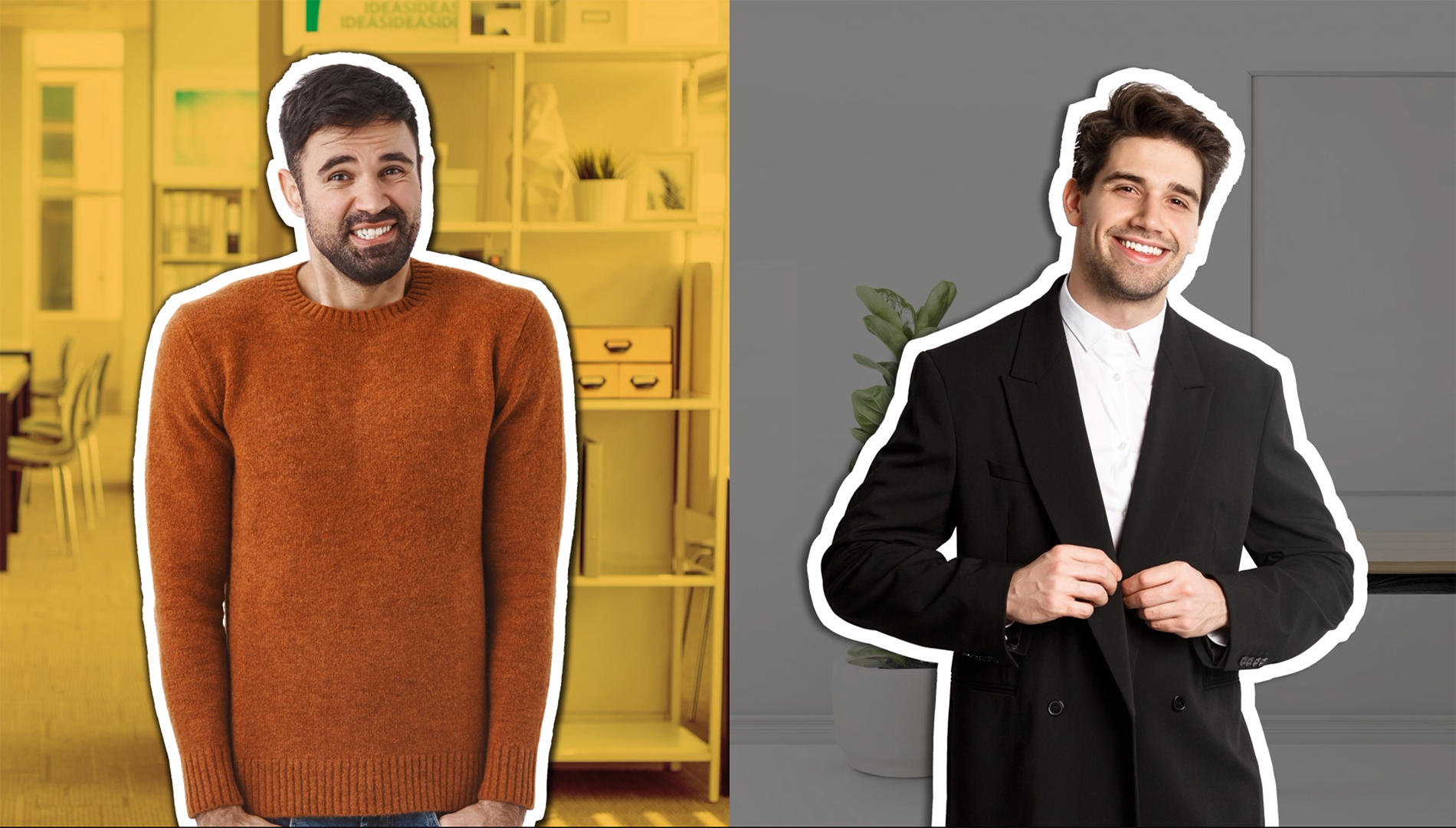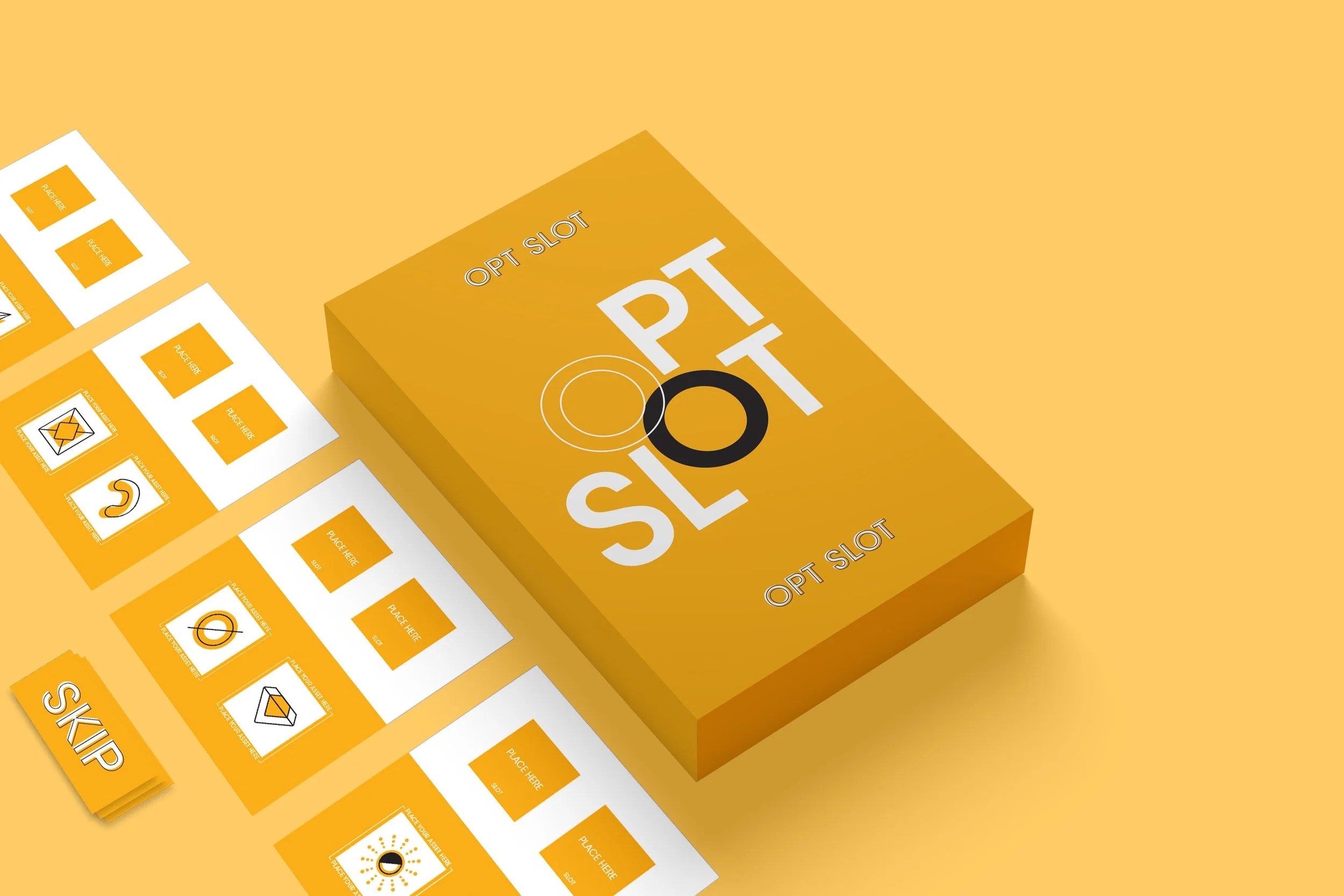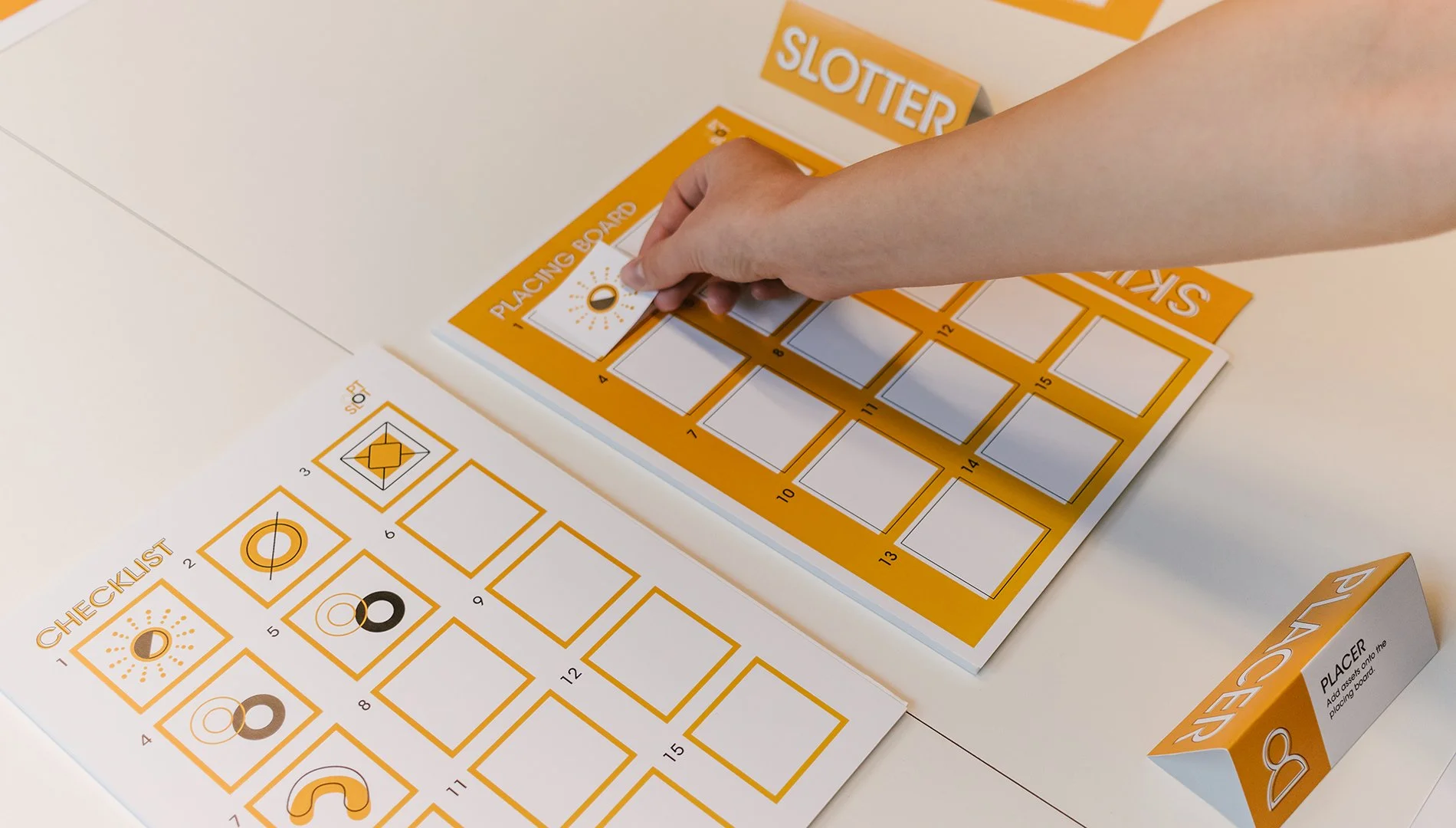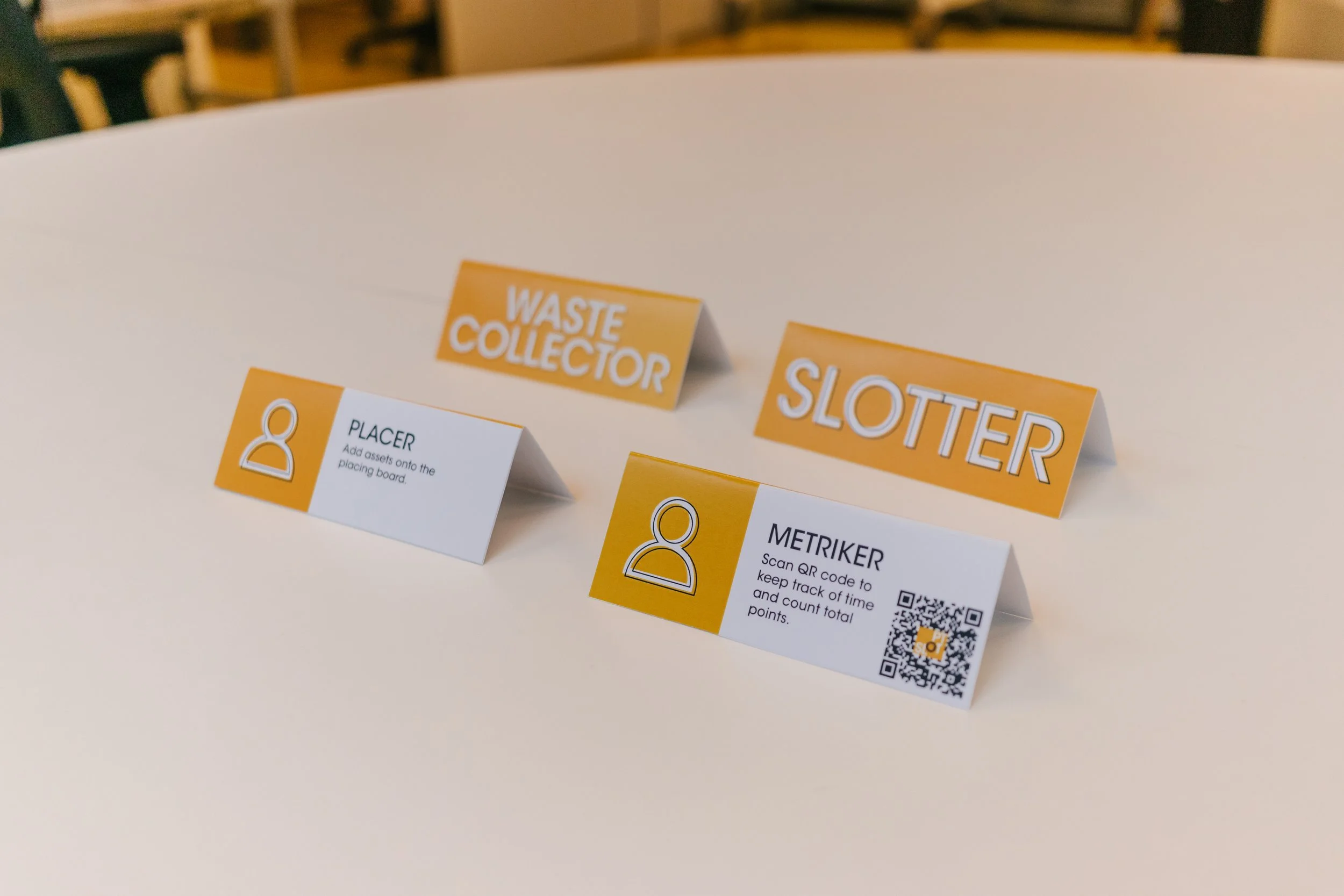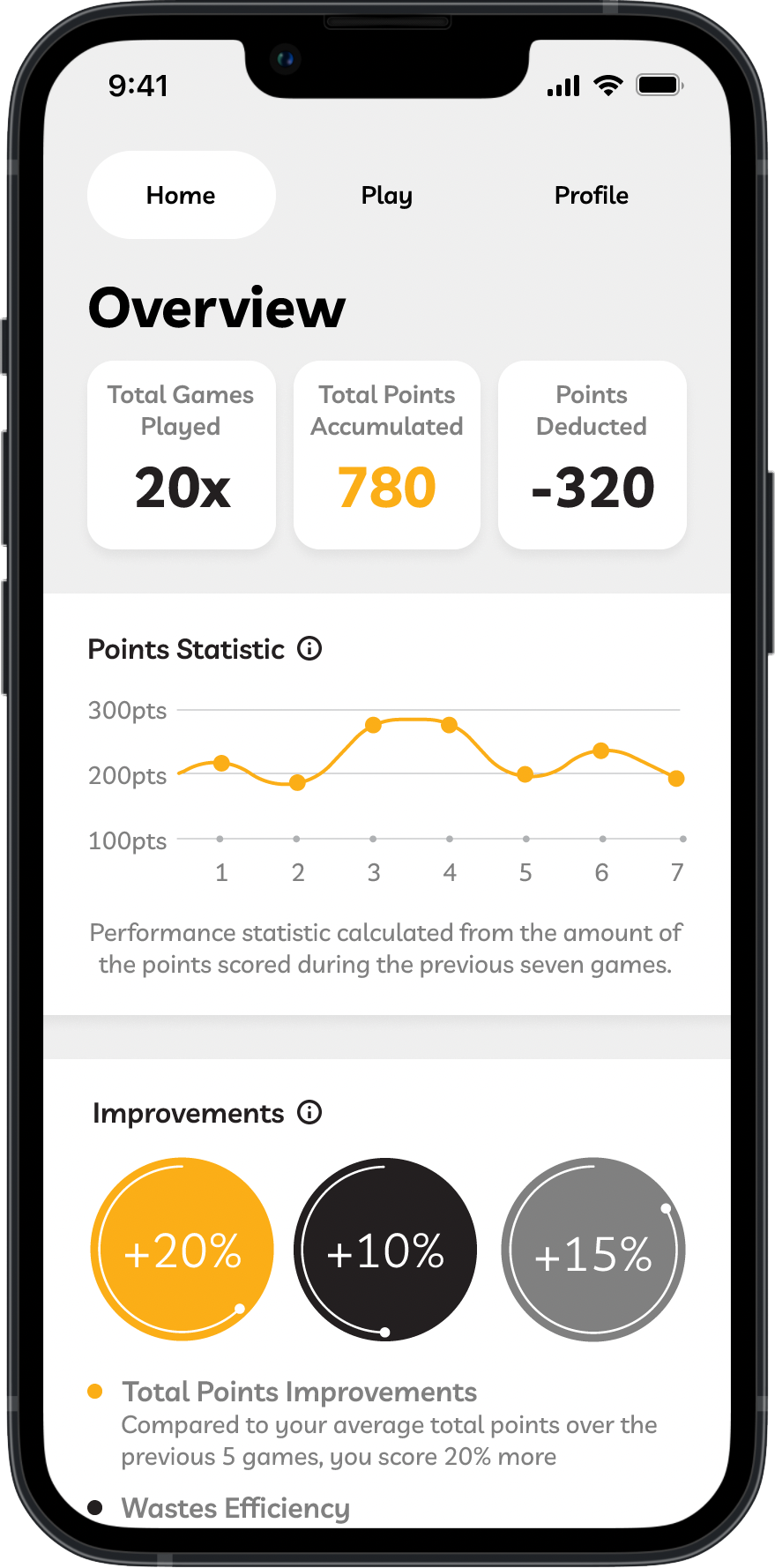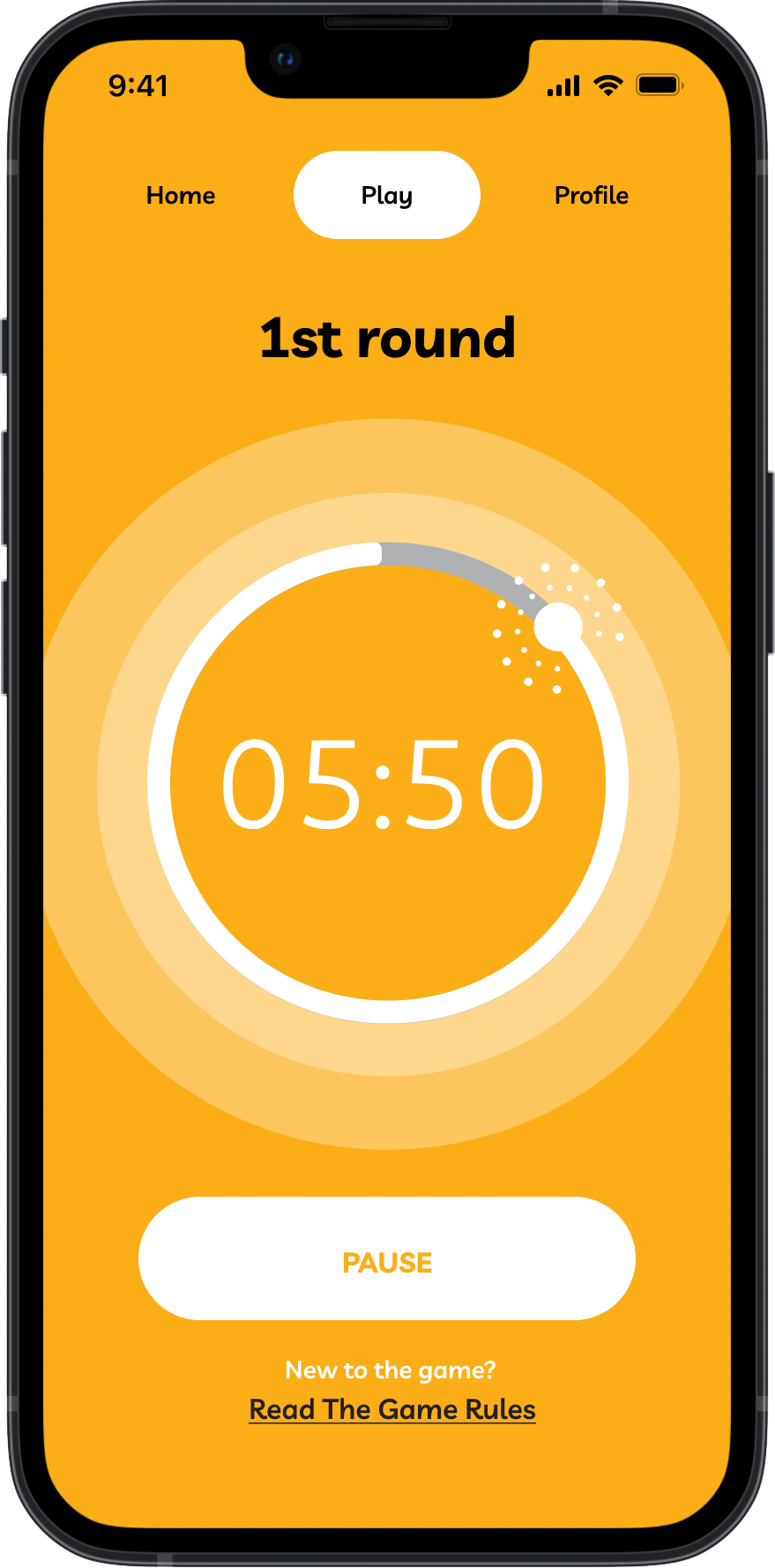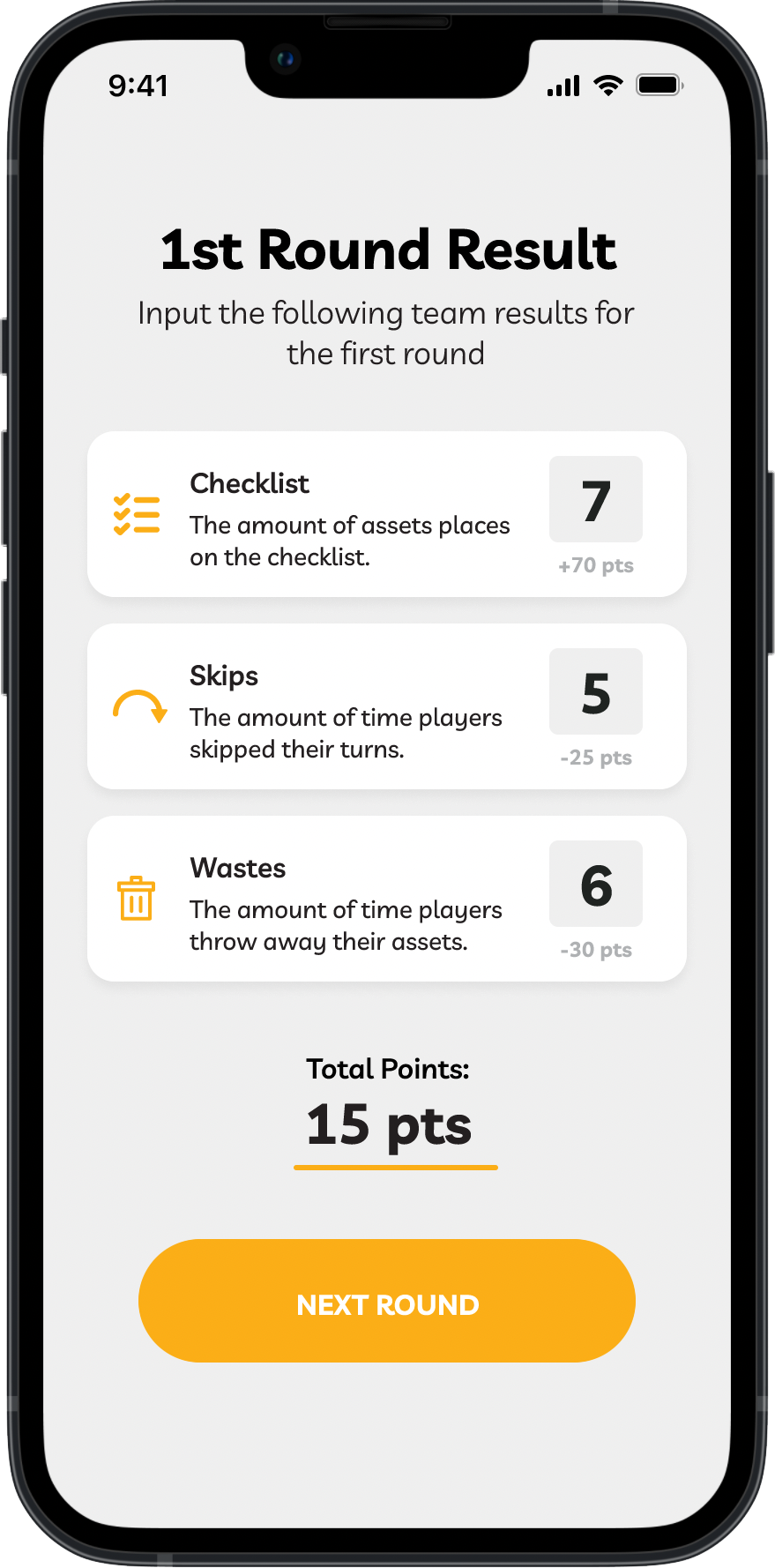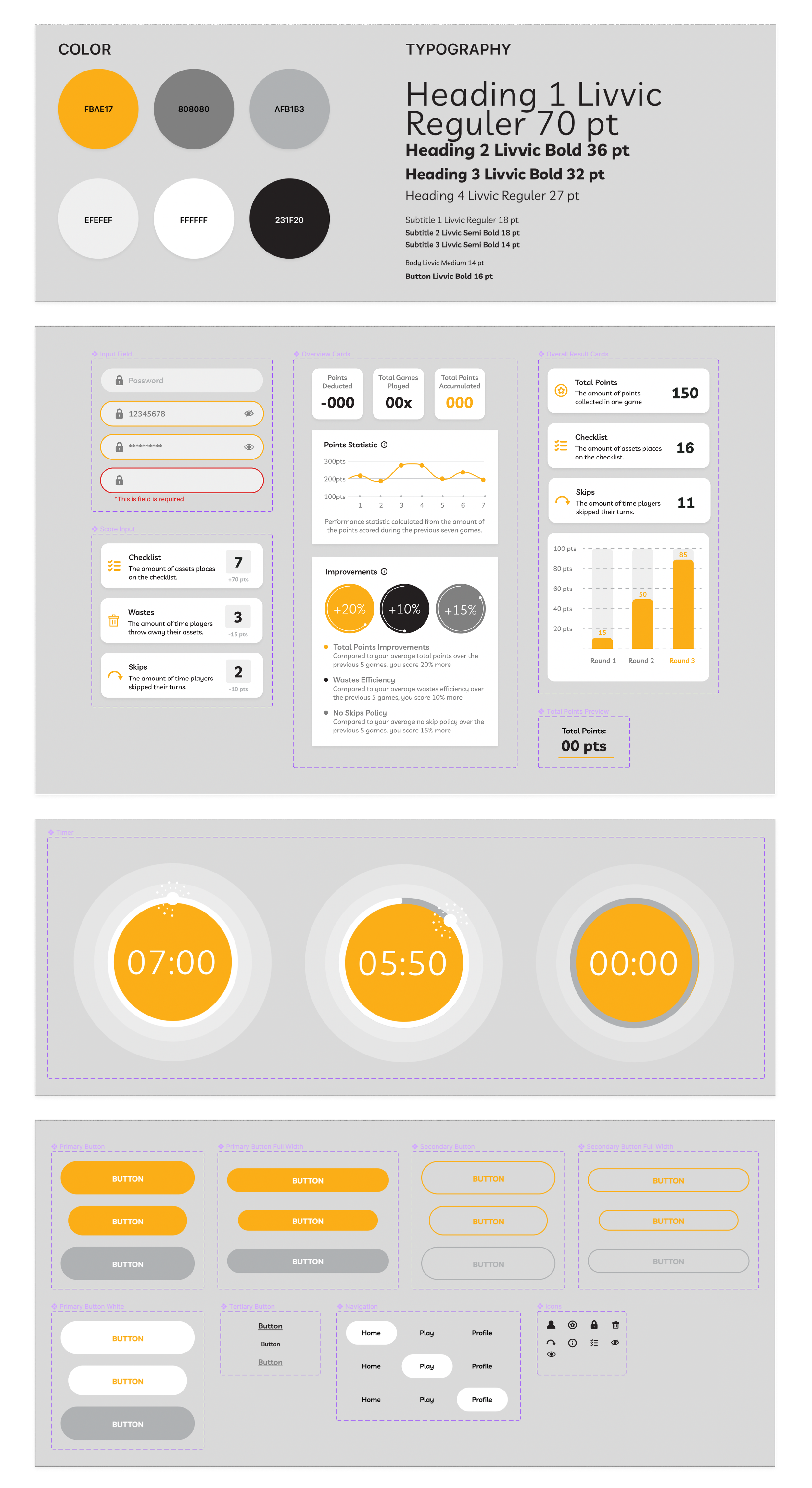Designed A Game To Bridge Communication And Cooperation Through Play
CHALLENGE
Developers and Operation Managers in the IT industry work together yet struggle in their communication, which causes disruptions in their workflow. But what if there was a way to help their communication flow smoother and optimise their workflow by bringing them together through the medium of a game?
My Role
UI/UX Design
Art Director
User Research
Journey Mapping
Wireframing
Video Editor
Interaction Design
Design Systems
Client
ijsfontein
Duration
6 Weeks
Collaborators
Daniela Verisanu
Jessica Galvao
Camila Cañaveral
Tools
Figma
Adobe Illustrator
Miro
Adobe After Effects
Project Type
Case Study
GOALS
Players are able to successfully work together in the game, learn/understand more about each other's roles, work with a better DevOps streamline, reflect on their learnings from the game, and have fun by strong means of communication within 1 hour to 1.5 hours.
THE USERS
Our target audience is IT Engineers (mid 20s to early 30s) and IT Operation Managers (40s +) who work together in a company transitioning into the DevOps methodolgy (without actually having a DevOps job position).
SUCCESS CRITERIA
Analog “soft” game
Within context of DevOps philosophy
Playful
Players who are “Dev” and “Ops” work together (communicate to solve a problem)
Touch of competitiveness
Played within 1-1.5hour

THE PROCESS
DISCOVERY & ANALYSIS
Through interviews, we found there are two completely different personality types. Developers being introverted and operation managers being extroverted. Those personality traits were driving the team into creating an individualist and tensioned workspace.
After better understanding our target audience, we started to explore game design and mechanics. What's a better way to understand games than playing them?
What is the root of the problem?
CONCEPTING: TEAM COLLABORATION
We analysed and developed mechanics that could fit our problem space, the different personalities, and be able to bring players together. The main game element was collective individualism, players were given specific roles but needed to collaborate towards a common goal in order to be victorious. Another important element was to create multiple rounds in order for players to improve their performance by creating better collective strategies.
We have added a digital component into this game; the players can utilise the app while playing the board games. Players will be able to input their scores and compare them against the results of their last games.

USER TESTING
In order to make sure our solution was working, user testing was conducted throughout the whole process. For every change applied to the game, we tested the impact, both regarding their strategy and emotional commitment. Our goal was to guarantee that the game was challenging enough for the players to have fun, but still simple enough to fit within our time limits and our clients' needs.
DESIGN SOLUTION & FEATURES:
COLLECTIVE
INDIVIDUALISM
The result of our process was the conception of Optslot, a game that aims to teach the importance of teamwork. In order to achieve a high score in the game, good communication and strategy is crucial for each team member.
During the game, players are assigned with unique pieces and have to successfully cooperate with their team to recreate a pre-existing list in the form of an assembly belt.
The app serves as a timer and helps players in submitting the scores. Through the performance graphs, players can evaluate their performance after each game round is complete and they may be inspired to improve their team strategy for the following round.
USER INTERFACE DESIGN RATIONALE
Because this game is targeted at professionals in both genders, aged 25 to 45, age and gender neutrality were major considerations when it came to design. Additionally, it must be engaging and enjoyable, which is why orange was selected. A study that I found stated that orange is a color that has a positive connotation that is linked to enthusiasm and playfulness.

DESIGN SYSTEM
Once our visual direction was complete, I created a library of reusable components in Figma to speed up screen design and ensure consistent element placement, layout, and usage.
"The game design is elegant. With simple and few rules the game achieves all and beyond the expectations from the client."
Jan Willem Huismen - Creative Director at IJsfontein

